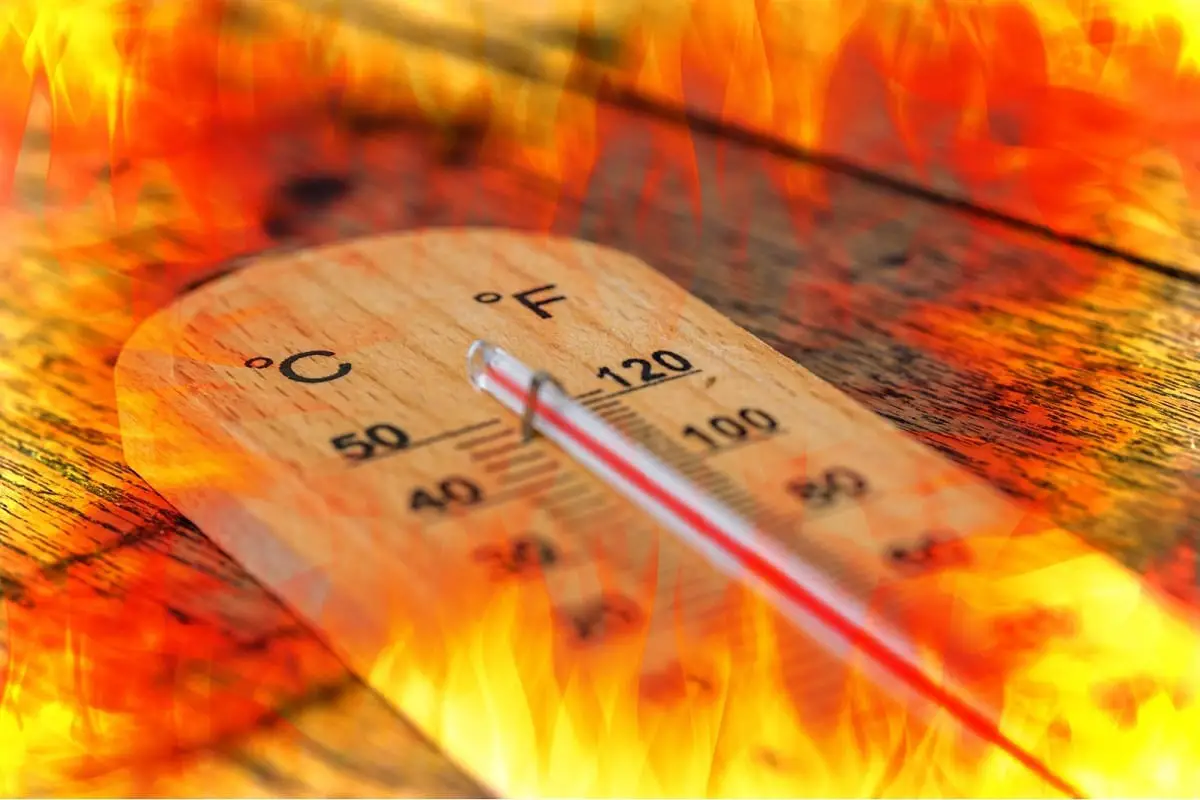If you’re conscious about fire safety protocols like us, you probably have several fire blankets placed around your home. There should be one near the kitchen entrance, in the hallway, and near your fireplace. Moreover, your office should also have fire blankets around in case of a fire emergency.
When buying a fire blanket for your home or office, what are the factors you consider? People often just get the priciest one, and we’ve been guilty of doing this a few times too! After all, more expensive should mean it works better, right? Unfortunately, that isn’t always the case.
Don’t let this overwhelm you, though! In this blog, we will help you understand the various ratings used for fire blankets. We will also cover how you can use these ratings to pick out the perfect fire blanket for your use.
Heat Ratings: Components to Consider
Your fire blanket has many ratings, numbers, and letters that do not make much sense to the average person. They are meant to give valuable insight into how well your fire blanket tolerates different kinds of heat. They also tell us the situations in which a specific material of fire blanket should be used.
All of this is essential knowledge that will help you pick out the most effective fire blanket as per your needs. Using a heavy-duty blanket for a small kitchen fire just means you may be emptying your wallet for no good reason.
Similarly, trying to stop an industrial fire with a low-tolerance blanket simply wouldn’t work. It could be pretty disastrous and lead to severe damage to your belongings while also posing a considerable threat to human life.

Fire Blanket Temperature Rating
The temperature rating of any material, be it a fire blanket or something else, is the maximum amount of constant heat or temperature it can take without breaking down. This is the highest temperature that your fire blanket is suited to withstand and continues protecting you effectively. Should the temperature exceed this rating, the fire blanket may become useless.
In such circumstances, it would either catch fire or just stop suffocating the flames. Exposing your fire blanket to fires above its temperature heating can prove to be disastrous. It would put your life at risk while also letting the fire spread and get out of control.
Therefore, be sure to read up on a fire blanket’s temperature rating before installing it in your home or industry. Here are a few examples;
- Wool fire blanket’s temperature rating: 550°C to 600°C.
- Fiberglass fire blanket’s temperature rating: 1200°C.
Good Fire Blankets
C Crystal Lemon Fire Blanket Kitchen, Fire Blanket Fire Suppression Blanket, Fire Blanket Emergency
Fire Blanket Fire Guardian Blanket and Fire Blanket Fire Suppression Blankets for Kitchen, (40″x40″)
TONYKO 3.9 x 5.9 ft Fiberglass Fire Blanket for Emergency Surival, Flame Retardant Protection
Fire Blanket Protection Levels
Equipment protection level (or EPL) is an integral part of risk assessment testing done on all fire safety equipment. It is conducted to ensure that the equipment performs adequately and provides the safety level required to keep human life safe.
Protection levels are categorized by classifying different hazardous areas into ‘zones.’ Being flameproof is essential to zone 1 but may be used in zone 2, as well.
Bear in mind that each fire blanket provides a certain protection level. Please read up on yours and use it accordingly for maximum safety.
Fire Blanket Heat Resistance Rating
Lastly, we have the heat resistance rating. This is pretty self-explanatory, right? Your fire blanket’s heat resistance rating would be the amount of heat it can resist without catching fire. But, what does resisting heat even mean?
Thermal resistance, or heat resistance, is a property that measures the temperature difference by which your fire blanket can stop heat flow. We have all studied conductors and how aluminum or iron can let heat pass through them. Your fire blanket works in the exact opposite way to keep you safe from the flames and prevent severe burns.
Fire blankets are made of heat-resistant materials that hold off or deflect the flames’ high temperatures. This is why they work so well in case somebody’s clothes are on fire. However, you will need to be careful about this rating before using the blanket. If your fire blanket has a heat resistance rating lower than the fire’s temperature, it won’t be able to ward off the flames.
While the chances of this happening are slim to none, it is still essential to be cautious. Otherwise, you could end up making the fire rage on worse than before.
In Conclusion
There you have it, everything you need to know about the various ratings on your fire blanket’s packaging. These are a great way to understand the effectiveness and fire tolerance levels of your particular blanket. Understanding the different ratings and levels allows you to pick the right blanket for different uses and make a well-informed decision. All of the components come together to ensure maximum protection against fires for you and your loved ones.
The next time you head out to buy or replace a fire blanket, do flip the package over and study it. We now know how helpful this can be. All the best!

